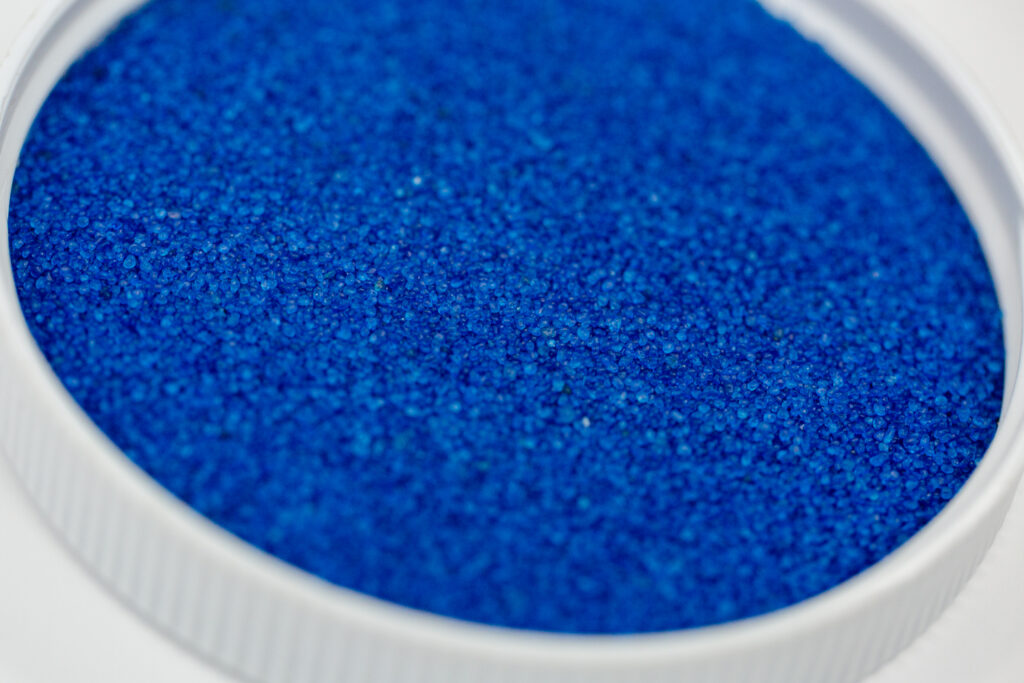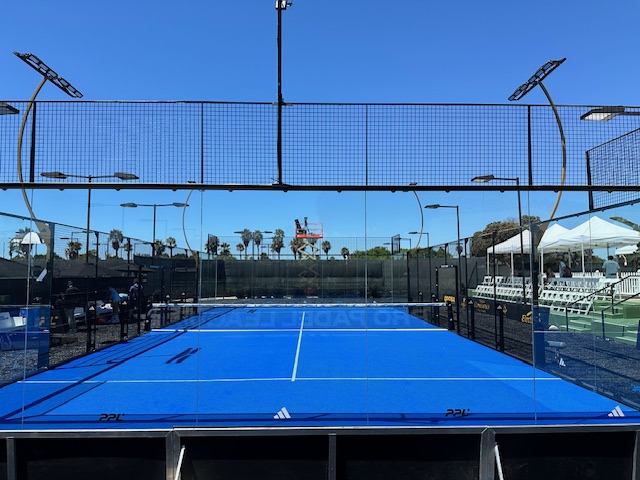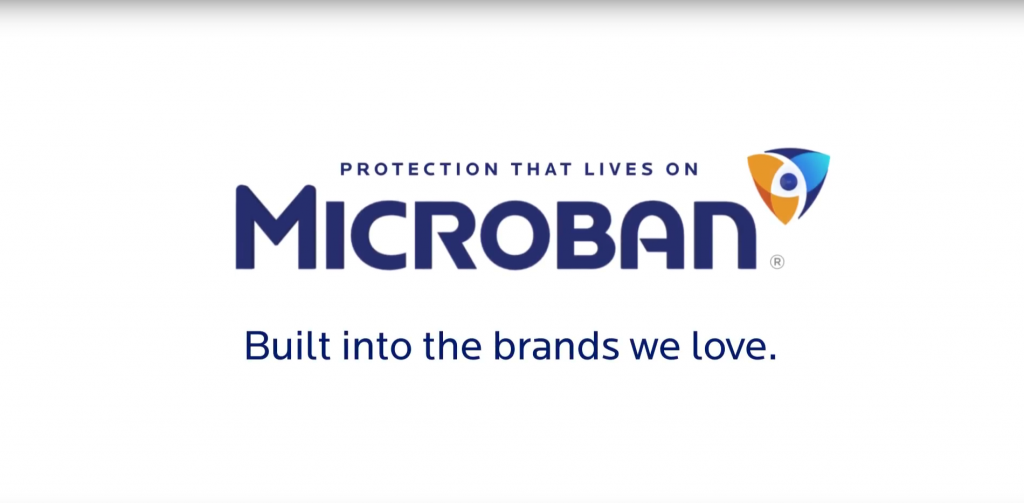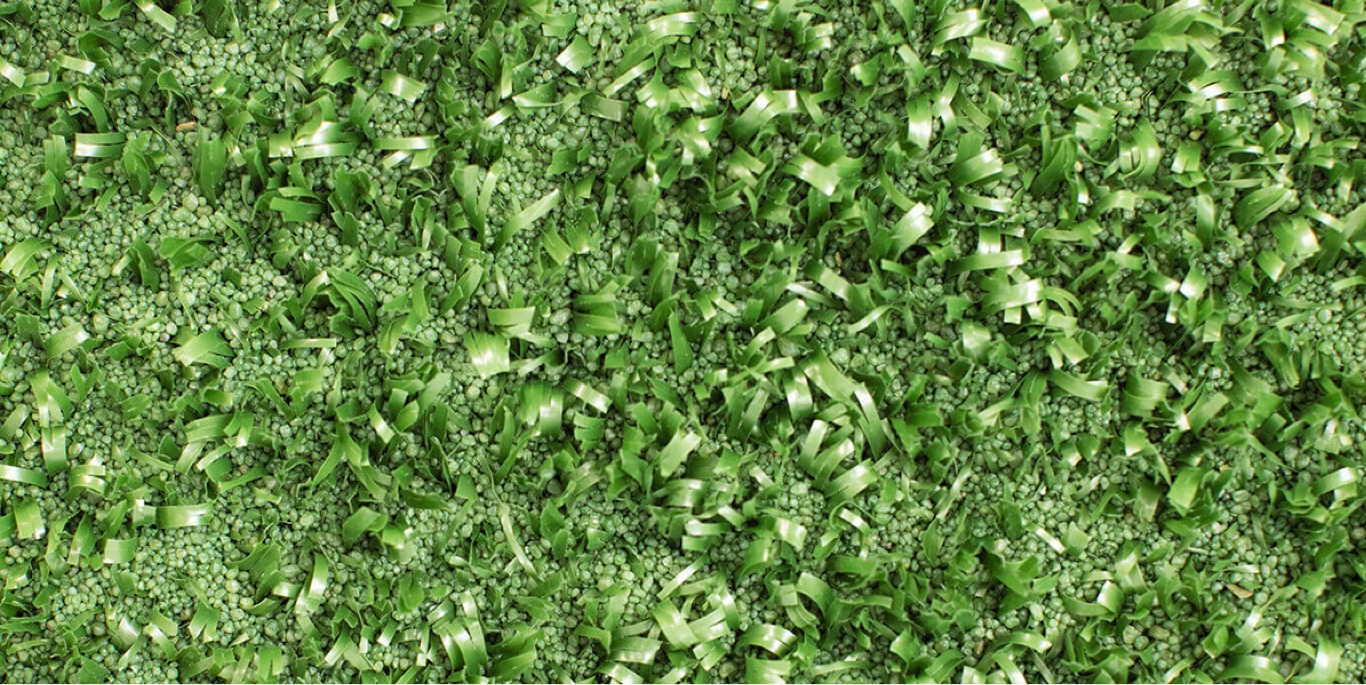
Infill Landscape Blog
Subscribe To Email Updates
Subscribe to our weekly newsletter and we’ll send updates straight to your inbox
Is Artificial Turf Eco-Friendly? Yes, and Here’s Why.
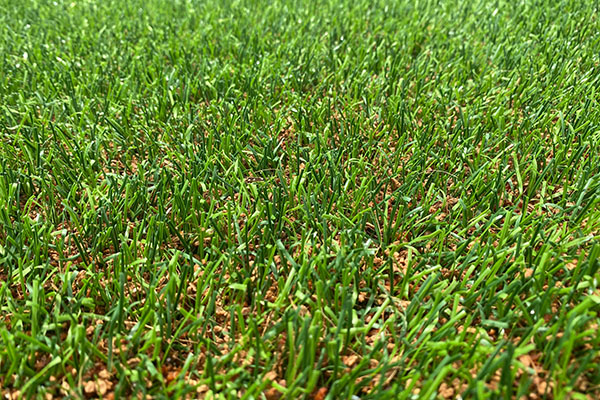
It’s well established that synthetic turf looks great year-round, unlike natural grass. But it can actually be the better pick for the environment, too.
That may seem counterintuitive. After all, how can artificial grass be more environmentally friendly than plain old natural grass? The truth, though, is that synthetic turf systems — especially those that use an organic artificial turf infill — can be a lot kinder to the earth for a few reasons.
Below, we break down what, exactly, makes synthetic turf an excellent choice for anyone looking to shrink their environmental footprint. And that’s true whether you’re installing turf on the soccer field or in your backyard.
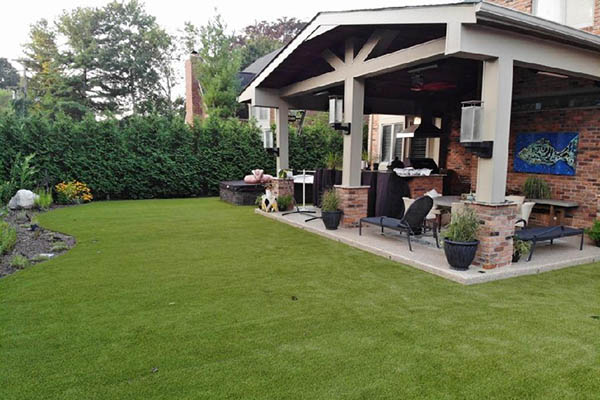
Why Choose Artificial Grass Over Natural Grass?
Artificial grass offers homeowners a multitude of advantages over natural grass. Apart from being eco-friendly (which we’ll come to in the next section), artificial turf stands out for its low maintenance. Homeowners are free from the burdensome chores of regularly mowing, watering, and fertilizing their lawns. This not only saves time and effort but also translates to significant long-term savings, especially when considering reduced water bills and gardening expenses.
Want some tips on landscaping your artificial lawn? Check out our guide here.
Moreover, artificial grass ensures a consistently immaculate lawn throughout the year, irrespective of weather conditions. It’s durable and largely unaffected by heavy foot traffic (yours or your pets’). Amazing, right? Plus, if you’re plagued by grass allergies, artificial lawns present a hypoallergenic alternative, allowing you to enjoy your outdoor spaces without worry.
Is Artificial Turf More Eco-Friendly Than Grass? 8 Reasons Why It Is
1. Artificial turf saves water.
Especially in drought-prone regions, wasting water on a sprinkler system to keep your lawn green simply isn’t an option. That’s why so many Californians, in particular, have been among the frontrunners in the movement to replace natural grass yards and fields with synthetic turf. And the results have been big. According to the Los Angeles Department of Engineering, every synthetic field saves the city about 2,480,000 gallons of water each year.
That may seem like an outsized number. But when a standard garden hose runs through about 1,020 gallons of water per hour, as a homeowner, watering three times a week means your natural grass lawn guzzles around 12,240 gallons of water per month.
Artificial turf, meanwhile, requires next to no water. Although you’ll occasionally want to hose it down to free it of any dirt and dust — and you’ll want to hose it a little more regularly if there’s a pup in the house, too — your synthetic turf lawn doesn’t need any water to stay lush and functional.
2. Artificial turf reduces carbon emissions.
You may think: “But doesn’t natural grass remove CO2 from the air, like trees?” While that’s technically true, the care and maintenance of natural grass also puts carbon back into the atmosphere.
For example, the Princeton Student Climate Initiative reports that it takes about 800 million gallons of gasoline annually, with an additional 17 million gallons spilled in the process, to fuel the equipment used in natural lawn upkeep, like lawn mowers and leaf blowers. Consumer-grade leaf blowers, in particular, can pack a noxious punch. One study found that gas-powered leaf blowers release more hydrocarbons than most pickup trucks and sedans.

3. Artificial grass doesn’t use toxic chemicals.
This is a prime example of a time when “natural” actually means anything but. Most natural grass lawns soak up a combination of fertilizers, pesticides, herbicides, and other chemical-heavy products on a quarterly or even monthly basis. These synthetic fertilizers and weed- and pest-killers aren’t just energy-intensive to manufacture. Most also wind up releasing huge amounts of nitrous oxide gas into the atmosphere, a greenhouse gas with about 300 times the heat-trapping ability of CO2.
A naturally pest-averse artificial turf lawn, meanwhile, eliminates the need for any toxic chemicals. That makes turf a much safer and surer bet for those hoping to reduce their household’s chemical exposure — especially if you have small feet and paws running around.
4. Artificial grass is noise-free.
Natural grass lawns, while idyllic, come with the relentless drone of maintenance: the roar of mowers and whirr of sprinklers, disrupting tranquil mornings and irritating the neighbors. Consider the numbers: a typical gas-powered lawn mower registers around 85-95 decibels, loud enough to intrude upon neighboring peace (and above the standards for fire alarms and sirens). Imagine that!
In comparison, artificial grass offers a hushed alternative. Once laid, it ensures uninterrupted calm, devoid of the periodic clamor linked to natural lawn care. For those valuing both aesthetic beauty and undisturbed serenity in their outdoor spaces, artificial grass proves to be the obvious choice.
5. Artificial grass controls erosion.
Natural landscapes, especially in regions with heavy rainfall or on sloping terrains, face the challenge of soil erosion. This degradation not only deteriorates land quality but also can lead to sedimentation in waterways, potentially disrupting aquatic life and increasing water treatment costs.
A drainage system is usually installed underneath synthetic lawns to prevent rainwater runoff, which prevents erosion. Further, as artificial grass backing and its installation methods are non-degradable, it provides a stable surface that prevents soil erosion, ensuring that landscapes remain intact over time. This stability offers dual benefits: conserving the soil, and protecting local water systems from excess sediment.
6. Artificial turf is durable.
Natural lawns, especially in areas of high foot traffic or under unfavorable weather conditions, can quickly show signs of wear and tear. This can lead to recurrent seeding, patching, or even complete lawn overhauls – all of which consume massive resources, especially if your lawn is large. Artificial lawns, on the other hand, are much more weed-resistant and, thus, easier to manage.
Artificial grass is designed to withstand heavy usage and adverse conditions. Its long lifespan means that once installed, homeowners are set for several years (sometimes up to 25 years) without the recurring environmental costs of lawn rehabilitation or replanting.
Moreover, once your artificial turf has run its course, you may be able to send it off to be recycled.
7. Artificial grass requires no additional transportation emissions.
Natural grass maintenance often requires a regular supply of products like seeds, sod, fertilizers, and pesticides. If these aren’t locally produced, the carbon footprint associated with their transportation can be considerable.
Although carbon emissions may be involved in making and transporting artificial turf, once your turf has been installed, its carbon output effectively becomes zero. Your turf will look and work great — and stay that way for years — without any further transportation of materials required. Except, maybe, for your turf’s final trip to be recycled.
8. Artificial turf produces less waste.
Natural grass lawns produce all kinds of waste: grass clippings, weeds, the residue of pesticides, herbicides, and fertilizers, the used and degraded parts of maintenance equipment, the packaging of gardening materials, water runoff – the list goes on. These fill up landfills, clog drains, and contaminate soil and waterways.
An artificial lawn, on the other hand, devoid of constant maintenance, results in next to zero waste. By eliminating this waste stream, homeowners can reduce their contribution to landfills, soil, and water pollution, taking a step forward in their eco-friendly journey.
An organic synthetic turf infill means earning even more earth-friendly points.
While most artificial turf is inherently more eco-friendly than natural grass, choosing an organic infill will make your whole turf system that much more sustainable.
Made from 100% natural and U.S.-grown walnut shells, Safeshell infill is naturally cooling and the first turf infill to be USDA BioPreferred certified. Chemical and allergen free, it’s safe enough to eat (though we wouldn’t necessarily recommend doing that) and completely biodegradable. That means that at the end of Safeshell’s long lifecycle, it can be completely returned to the earth — nothing wasted! It’s the perfect earth-friendly choice.
Pairing your artificial turf with a durable, organic infill like Safeshell will help ensure a turf system is as earth-friendly as it possibly can be. Ready to go natural yourself? Contact us about adding Safeshell to your turf system today!

